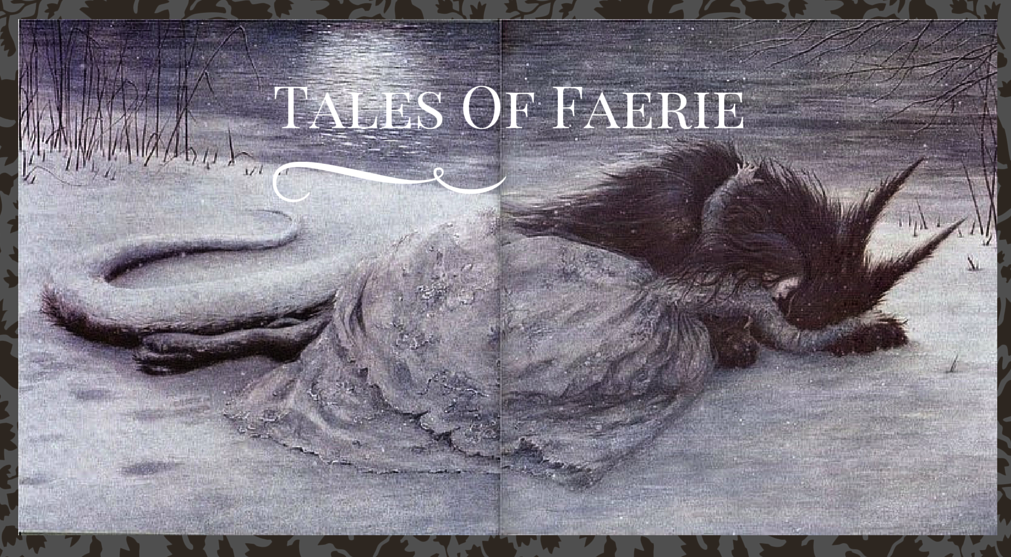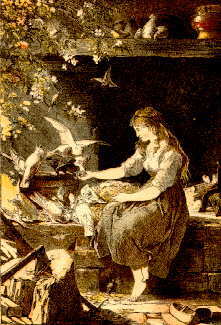The Singing Bone is a lovely little Grimm fairy tale-I especially like it as a flute player. In the story, two brothers go to find and kill a wild boar that has been terrorizing the kingdom. The younger is rewarded for his kind heart when a fairy appears and gives him a spear. He finds the boar and kills it.
"Ah! dear shepherd, you are blowing your horn
With one of my bones, which night and morn
Lie still unburied, beneath the wave
Where I was thrown in a sandy grave.
I killed the wild boar, and my brother slew me,
And gained the Princess by pretending 'twas he."
This is one of those bittwersweet fairy tales. Justice is done, as the murdered brother's bones are recovered and given a proper burial, and the older brother is punished with death. But in this tale, the innocent dead man does not come back to life and gain the Princess.
Hello Kitty's "The Singing Bone" from McDonalds
Often in fairy tales, the characters are prevented from telling the truth, and Nature sometimes interferes by revealing the evil deeds that the villains almost get away with. In "Juniper Tree" and "Cinderella", birds tell the truth (the spirit of the murdered boy, in the form of a bird, proclaims "my mother she slew me/my father he ate me" as he rewards the good and punishes the mother; the birds in Grimms' "Aschenputtel" tell the Prince of the blood on the shoes of the false brides).
Artist??-Source
In "Snow White", it is the Mirror (or, sometimes the Sun or Moon) that fearlessly tells the Queen who is really the fairest in the land. In some stories, such as "Goose Girl", the main character may be bound by a promise not to tell the truth of what happened to them; but by telling their story to an inanimate object, so as not to break their word.
"The Goose Girl," Arthur Rackham
And here, the bones of the victim beg for justice-which is often what symbolically happens in murder mysteries, but here what literally happens. For as the tale says, "these dark deeds are not often concealed, for something happens to bring them to light."






This reminds me of a story I came across called 'The Telltale Lilac Bush' in Angela Carter's Book of Fairy Tales. It's about a man whose wife disappears, and people suspect him of murder but can't find the body to prove it. Then, one day he has people over, and a lilac bush in his garden beckons them over to it. They dig it up, and find it is growing from the palm of a woman's hand. It's interesting how nature can be a subtle presence in folk & fairy tales, but make so much impact.
ReplyDeletePerfect example! I don't think I've read that before!
Delete